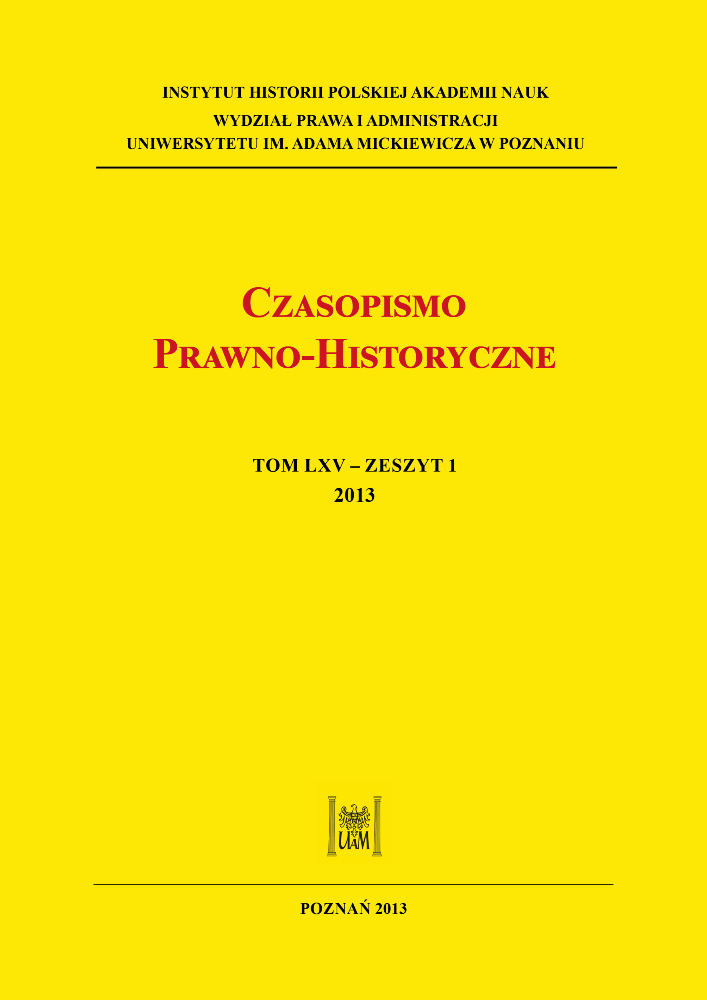Abstrakt
The institution of an investigating judge emerged in all three parts of then partitioned Poland at almost the same time, i.e. in the 70s of the 19th century, as the Austrians introduced it in 1873, the Russians in 1876, and the Germans in 1877. The very idea of an investigating judge and its model, however, derives from the legal system of Napoleonic France. During the period between two World Wars, the institution of an investigating judge functioned fi rst, as part of the legislation inherited from the occupant’s legal system, and then as part of the Polish legal system resulting, mainly, from the implementation of the ordinance on the regime of common courts of law of 1928 and the code of criminal procedure of the same year. The function of an investing judge was for and foremost connected with the preliminary stage of criminal proceedings, and the investigation process in particular. However, the main overall task of that stage was protection of an individual’s rights in a criminal proceeding. In the twenty years’ history of the interwar Poland, the role of an investigating judge in a criminal proceeding had been gradually limited, while the prosecutor’s role had increasingly strengthened. Although the prosecutor’s supervision sensu stricto was formally non-existent, a prosecutor could, inmany cases, restrict a judge’s independence by issuing binding conclusions. Such practice was further facilitated by the fact that the Ministry of Justice’s policy was to recruit for the position of an investigating judge from among the least experienced, usually junior judges. Thus the institution of an investigating judge was subsequently subjected to strong criticism by many lawyers, both theorists as well as practitioners of a criminal trial. Its supporters criticised the infl uence that procurators could exercise on the judges and demanded their independence of the former, whereas its critics questioned the very sense or idea of an investigating judge, emphasising that it only constituted an interim form between a prosecuting organ and an independent court and, as such, performed neither of those two had functions suffi ciently satisfactory.
Licencja
Copyright
© 2013 Wydział Prawa i Administracji UAM w Poznaniu
OPEN ACCESS




